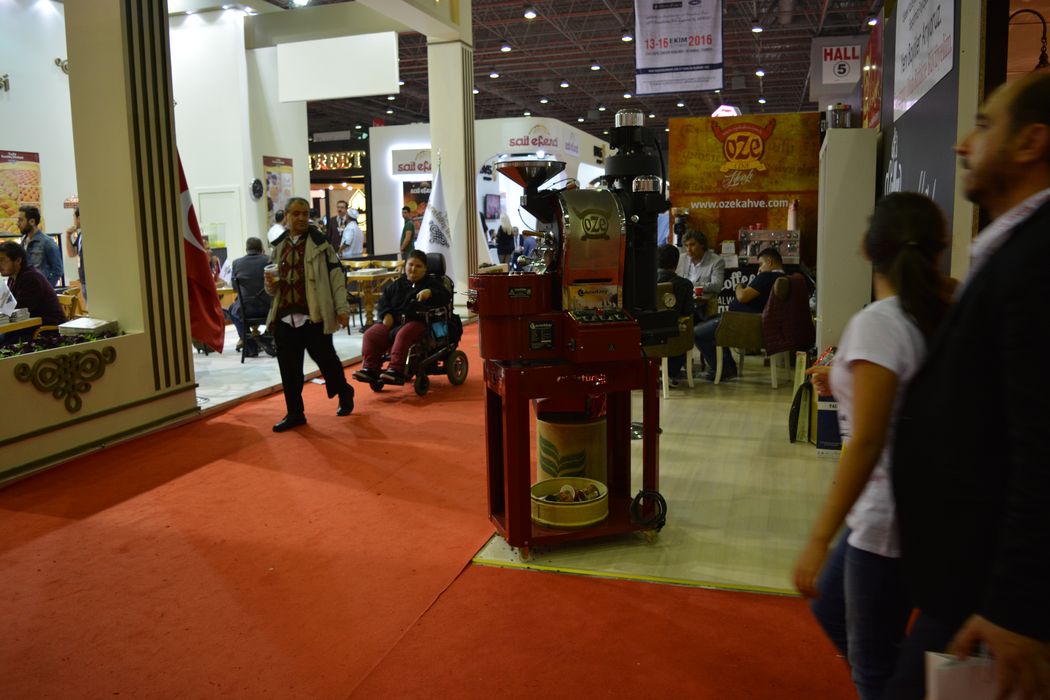Exploring Perge’s Residences:What kind of houses did the people of Perge, who crafted these beautiful structures and works of art, inhabit?
Prof. Dr. Haluk Abbasoglu:In our quest to understand the living conditions of Perge’s inhabitants, we focused on the design of their homes and tombs—shelters that served them during their lives and after death. Surprisingly, we opened six houses during our research, revealing their continuous use over approximately 400 years. After various modifications, these houses endured until the 500s A.D. However, this applies to the excavated portion; numerous housing areas in the unexplored section may unveil plainer and more authentic structures. Notably, one house featured a water-closet stone Charting the Path of Perge’s Development through History, traces of kitchen shelves, a well-preserved water tank, and an existing dining room. With an area of nearly 350 square meters, this house likely belonged to a significant administrator or religious figure, evidenced by its special salon with an apse for ceremonies. Some areas had two stories, surviving not in their 2nd Century A.D. condition but maintaining their state from around 300 years later.
Insights from Household Items
We uncovered interesting findings related to household items, particularly pottery. The pottery pieces from the 1st Century A.D. displayed superior craftsmanship, characterized by high-quality dough. By the 3rd Century, the dough became coarser, and pottery items exhibited hollowing. Examining epitaphs provided additional insights City Tour Istanbul, revealing signs of punishment. For instance, warnings declared that anyone burying without permission would pay 500 dinarius to the sacred state treasury. In the 3rd Century, the fine increased to 2500 dinarius. These observations align, indicating a period of weakening and economic challenges in the 3rd Century.







